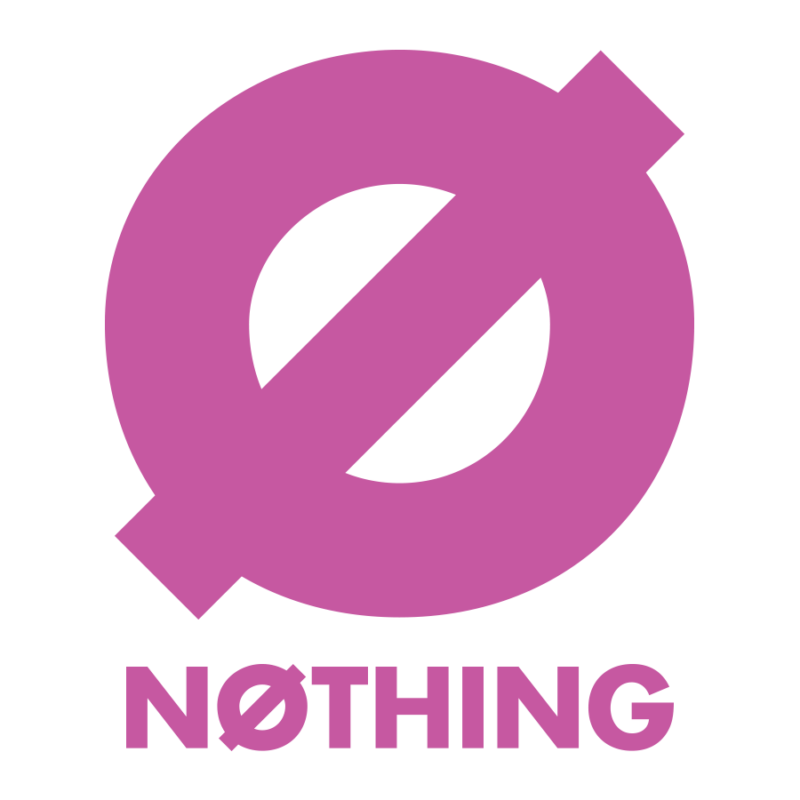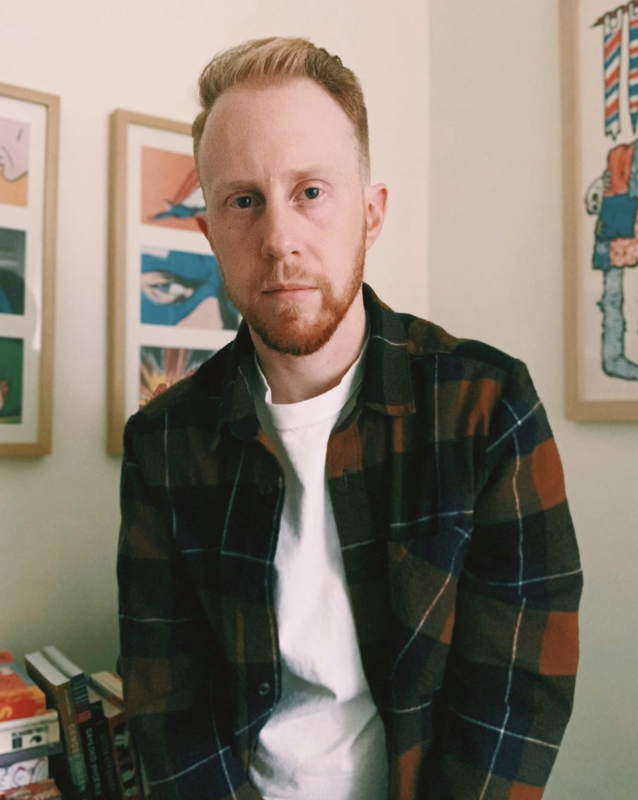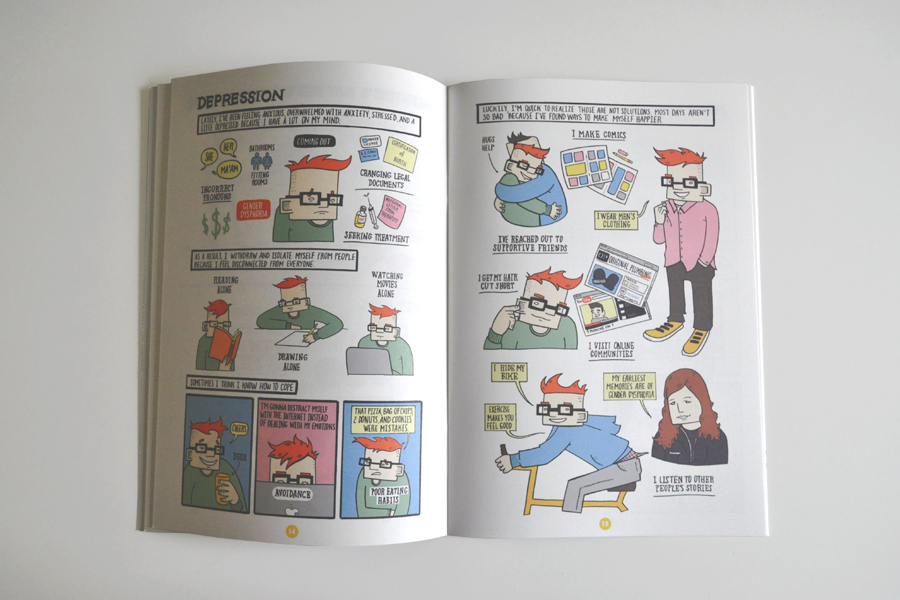I had just finished watching Hulu’s The Handmaid’s Tale, a series based on the best-selling dystopian novel by Margaret Atwood, when I came across Erin Nations. Like most people who have either read the novels or seen the show, I quickly became obsessed! It’s a show that will literally suck you in. In the midst of my mild obsession, I saw this illustration on Instagram (seen below). It spoke to me because come on… that’s what we were all saying to ourselves while we anxiously saw every minute of the show — You’re a mother f*cking monster.
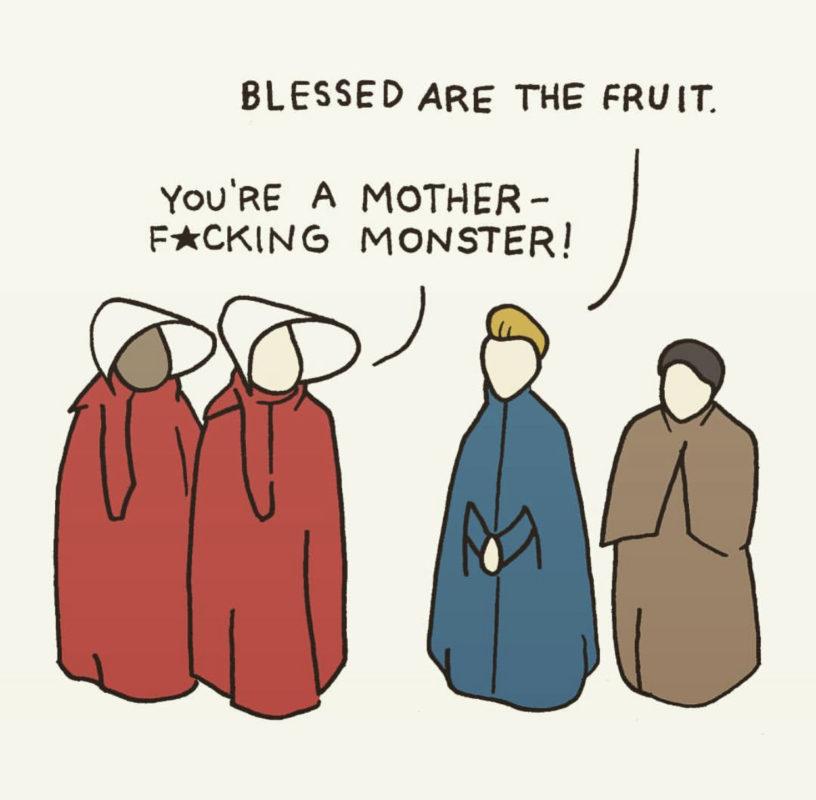
Please introduce yourself. What do you do and where are you based out of?
I’m a cartoonist and illustrator based out of Portland, Oregon.
I received a BA in Art. I wanted to study illustration. Instead, I settled on graphic design because there wasn’t a program for it. Looking back, I sometimes wish I would have transferred to a school that did offer an illustration program. However, during my senior year, I took a comic book class at SOU, which changed everything. That’s when I realized I wanted to make comics.
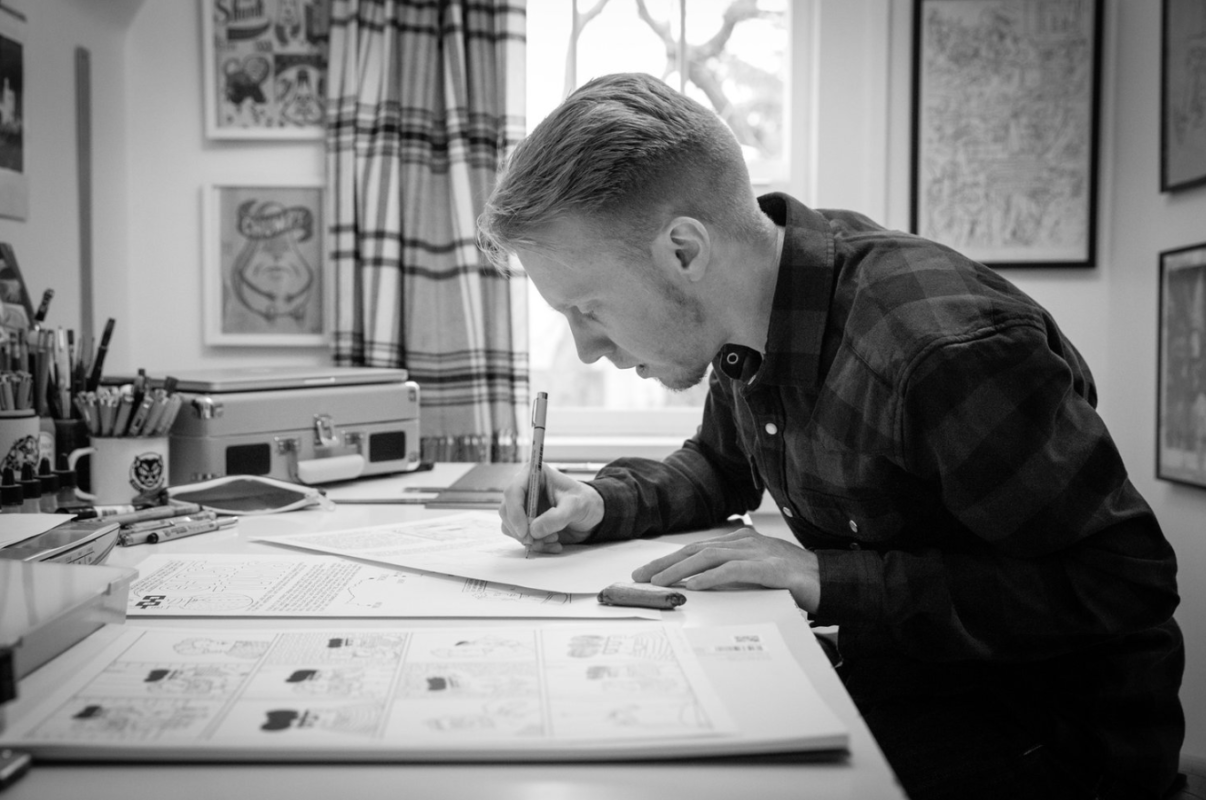
I think it’s a little bit of both. I think everyone is capable of drawing. What’s considered good or bad is subjective. One can really hone a style with practice. It feels natural to me because I’ve been drawing since I was able to pick up a pencil. As I’ve evolved over the years, I’ve also learned new techniques, and I continue to be inspired by other illustrators and cartoonists.
The illustration that made me follow you a few months back was the one based on The Handmaid’s Tale. Now I’m sure that one was a one-off but in general, how would you describe your work?
I have a history of creating short comics and vignettes, which is what my book Gumballs consist of. Short stories come more naturally to me. Currently, I’m working on a longer formatted book. The process is a bit daunting. Anytime I create a comic, I start off by writing a script. After the story has been written, I draw thumbnails. Then I pencil the comics, ink them, and edit them in photoshop.
I like issue 3 the best. Some of my favorite comics from the series are within that issue.
What does your gear consist of?
I feel like my gear is archaic because so many folks use tablets nowadays. I’m still a fan of pencil and paper.
I use a Pentel mechanical pencil, micron pens, and bristol paper. I edit and color my comics in photoshop.
I like to get out of the house. Oregon is beautiful, so there’s a lot of places to bike to, hike, and explore. Going on an adventure with friends is my idea of a chill time.
So far, I don’t have anything new to offer this year, but that can always change. I just started working on a new comic book, so I’ll be spending all of 2020 on that.
Check out Erin’s website here.

